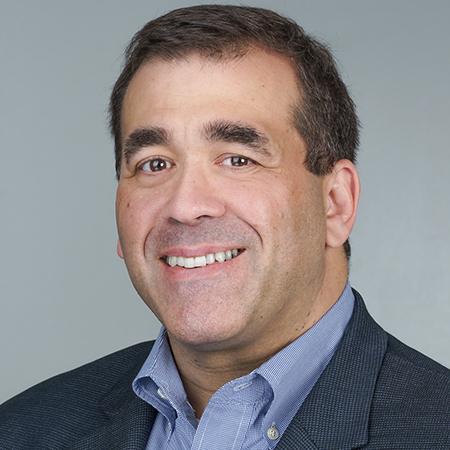Kaseya, a global provider of unified IT management and security software for managed service providers, small to mid-size businesses, and mid-market enterprises, released its 2023 MSP Benchmark Report, which surveyed more than 1,000 managed services providers, MSPs from the Americas, Europe, Middle East, Africa and the APAC region.
The report, which surveyed both technicians and executives, provides insights into how MSPs streamline processes to provide cost-effective IT support and infrastructure management to SMBs.
Poor integration
Lack of integration between solutions continues to hinder daily operations and productivity. In the survey, 39% of respondents reported that the biggest obstacle to business growth is the inability of technicians to maximise software usage. About 63% of executives surveyed said that integration enabled them to take on more clients and expand their business, with 54% saying fewer technicians were needed to manage the workload.

Almost half, 49% of the executives, also said integration helped them cut costs. Not surprising, about 60% of both executives and technicians surveyed are dissatisfied or neutral when it comes to work-life balance. Managing everyday mundane tasks causes them to struggle with getting their workload under control and even end up experiencing acute burnout. This can be alleviated by automating some of those mundane tasks.
Cybersecurity drives growth
The top five services that respondents intend to offer in 2023 fall under the cybersecurity umbrella, covering identity and access management, security awareness training and Dark Web monitoring. With cybercrime exploding, the percentage of respondents who back up their customers’ SaaS applications, such as Microsoft 365, Google Workspace or Salesforce, increased to 83% from 78% in 2022.
About one-third, 32% of the respondents, evaluate their threat landscape monthly and 35% evaluate quarterly, while only 11% do so annually, and a mere 1% never do so. Technician respondents said that enhanced security services recorded the most growth in the last 12 months; executives reported it as second place., For executives, subscription-based managed services took the top spot, with business continuity and disaster recovery service featured among the top four service categories.
MSP’s challenges
The primary challenges MSPs anticipate are acquiring more customers as the MSP space intensifies, 35% of executives and dealing with advanced and sophisticated security threats, 21% of technicians. Supply chain issues are levelling off – the percentage of respondents who said supply chain impact is significant dropped from 35% to 28% in 2023.
Co-managed IT
More than half of the technician respondents, 51%, reported break-fix as their most time-consuming activity. However, it is only the third most lucrative revenue stream according to executive respondents, 39%. Subscription-based managed services are the top revenue generator according to 68% of executive participants and the second most time-consuming activity according to 43% of technicians.
When it comes to what drives the biggest gain the break-fix model, executives cited hardware problems, while technicians said for them, it’s access control.
About a third, 34%, of the respondents said they get between 1 and 25 per cent of their revenue from co-managed IT services. Another 29% said they get between 26 and 50 per cent of their revenue from it.
About 51% of the respondents are keen to participate in some form of M&A activity. Of this group, about 14% said it is their primary growth strategy. Last year, only 36% of the respondents were bullish on it.
This survey sought viewpoints from both MSP executives and MSP technicians. Of the respondents, executives comprised 37% of the pool while technicians made up the remaining 63%. MSP owners, partners, vice presidents and directors came under the executive group while the rest were grouped as technicians.




